From Agincourt to Blackwater: how history inspired Game of Thrones' finest battles
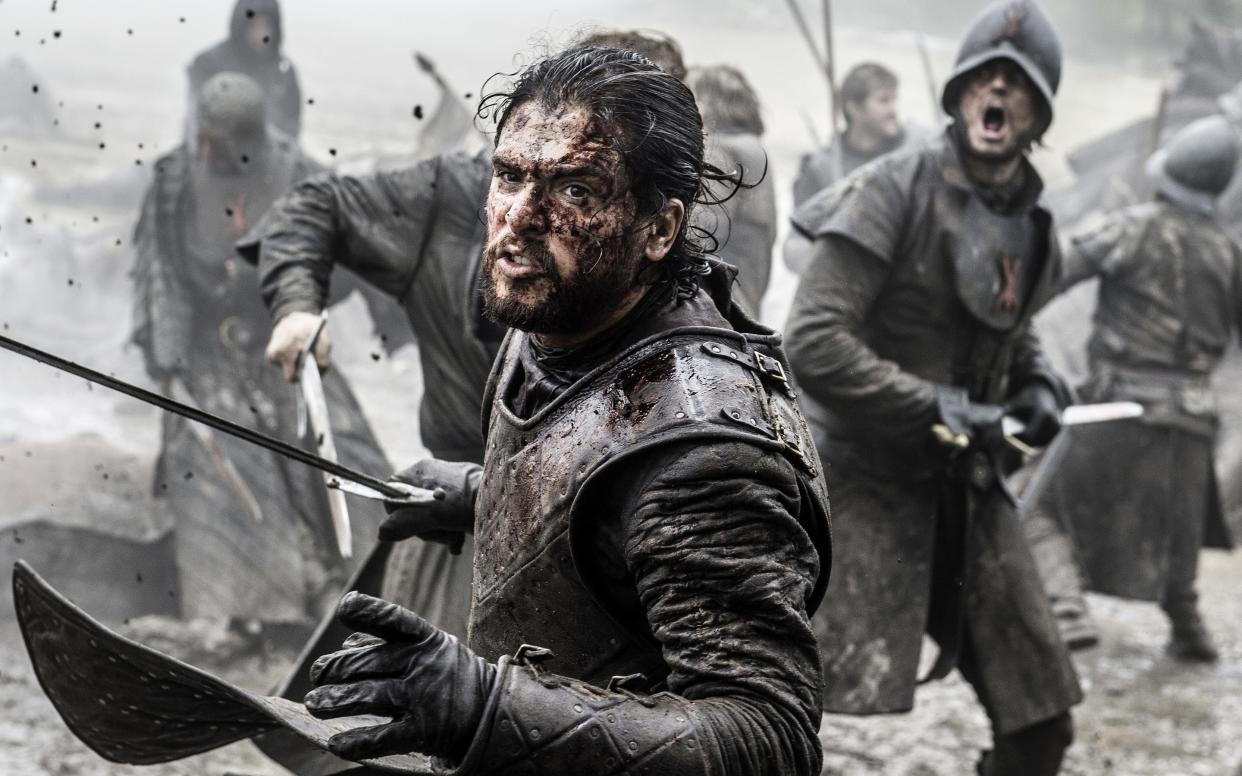
If any show has mastered the true horror and scope of the battlefield, it’s Game of Thrones. From the chaos of the wildlings attacking Castle Black, to the suffocating terror as Jon Snow’s forces were briefly overwhelmed by Ramsay’s tactics in the Battle of the Bastards.
As the series has progressed, the epic scale of its battles has only grown, but the brilliant strategy and gruesome details of fighting are not purely down to the creativity of author George RR Martin and the show’s directors (not to mention HBO's enormous budget) – many aspects have been lifted straight from the history books.
Battle of the Bastards
One of the most iconic, mesmerising and claustrophobic sequences in television history, the Battle of the Bastards saw Jon Snow come face to face with Ramsay Bolton. Magnificent tracking shots captured the full sweep of the battle, while close ups from Jon Snow's perspective presented us with the terror of being at ground-level. Entertainment Weekly reported the filming required 600 crew members, 500 extras, 160 tons of gravel, and at least 70 actual horses – although that still wasn’t quite enough according the episode’s director.
Miguel Sapochnik intended to base the scene on the Battle of Agincourt – a famous English victory in 1415 AD – but budget constraints meant this plan had to be adapted. Some aspects from Agincourt and other medieval battles were used as inspiration. For example, archers on both sides rain down arrows on the enemy forces. The longbow was a key innovation during the Hundred Years War which played a role in English victories. The six-foot-long weapon meant arrows could be fired high in the air (between 450 and 1,000 feet), reaching the enemy troops.
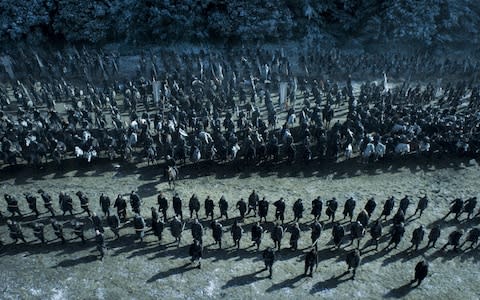
The battleplans that Jon drew up on the eve of the clash mirrored those used by King Henry V to defeat Charles VI of France at Agincourt. By putting his archers at the back, the Bastard of Winterfell thought he would protect them from the enemy’s superior calvary. Jon then expected that he could bait Ramsay into attacking his ragtag army.
But the best laid plans of wildlings and men often go awry, and this was definitely the case for poor Jon Snow. A closer source of inspiration, according to the Sapochnik, actually ended up being the Battle of Cannae of 216 BCE.
This conflict saw the mighty Rome pitted against Carthage, led by Hannibal, in the Second Punic War in southeastern Italy. Cannae has gone down in history as the classic example of a double envelopment or “pincer” movement. The Romans attacked Hannibal’s crescent formation, only for the two Carthaginian flanks to encircle them. Pressed tightly together the Romans couldn’t use their weapons properly and were cut to ribbons.
Those horrifying scenes of Jon and his fellow survivors having to climb over the piles of dead bodies come straight out of medieval chronicles. As one poet describing the carnage of Agincourt wrote: "such a great heap grew of the slain and of those lying crushed in between that our men climbed up those heaps which had risen above a man’s height, and butchered their enemies down below with swords, axes, and other weapons”. Sapochnik also said in a post-episode interview that he was also inspired by pictures of body-strewn battlefields from the American Civil war.
Another tactic lifted from history and inserted into the Bastards’ battlefield was the Macedonian Phalanx. This is a densely packed formation where soldiers were equipped with a long pike (about four to six metres) known as a sarissa as well as a shield. In a disciplined army, this was an offensive strategy allowing attackers to effectively skewer and steamroll the opposing force. The Macedonian Phalanx was used by iconic military commanders from Alexander the Great, to Pyrrhus… and now Ramsay Bolton gets to join that illustrious club.
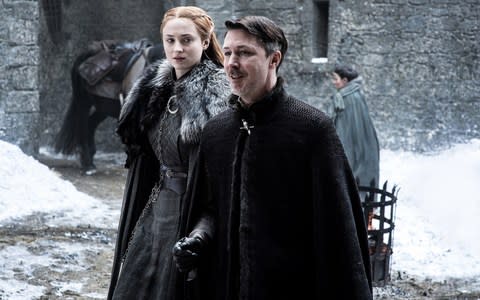
The last-minute intervention of Sansa Stark and Littlefinger also has a historical parallel. the Battle of Bosworth Field, the final skirmish in the Wars of the Roses, became a decisive victory for Henry VII thanks to the last-minute intervention of his step-father, Lord Stanley.
The ruling monarch, Richard III, had summoned Stanley to fight for him, but the king received an evasive reply. Lord Stanley and his brother Sir William Stanley did bring their armies to Bosworth. Sir William directly attacked the flank, ensuring a Lancastrian victory. But the former simply stood, unmoving between the two sides, watching the battle take place.
Although he had taken no part in the fighting, Lord Stanley crowned Henry on the battlefield, thus becoming forever associated with the victorious side. A Littlefinger-esque move if ever there was one.
Battle of Blackwater Bay
The Battle of the Bastards wasn’t the only war scene in Game of Thrones to take a leaf out of the history books. When Kings Landing was faced with Stannis’ invading naval force, acting-Hand of the King Tyrion countered the invaders with typical tactical genius.
Tyrion’s masterstroke of strategy was two-fold. First, (and this bit only happens in the books) he installed a huge chain across the mouth of the Blackwater Bay, raising it behind Stannis’ ships to prevent their escape. He then detonated barrels of wildfire which had been placed beneath the river-mouth, incinerating Stannis’ forces.
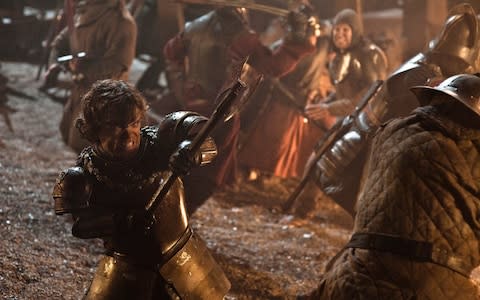
Variants of both these tactics were used in the 717-8 AD siege of Constantinople. The Muslim Arabs of the Umayyad Caliphate had launched a siege by land and sea on the Byzantine capital, Constantinople.
The Byzantine navy used Greek fire, a combustible compound emitted from a tube-like weapon that would set enemy ships alight. Greek fire couldn’t be extinguished by water, meaning it was feared by Byzantium’s enemies, and the secret to its exact composition remains unknown to this day.
Before dousing the enemy with Greek fire, the Byzantine ruler, Leo III had the ponderous chain that normally guarded the Golden Horn harbour cast aside, luring the Arab troops into his fiery trap.
Battle on the frozen lake
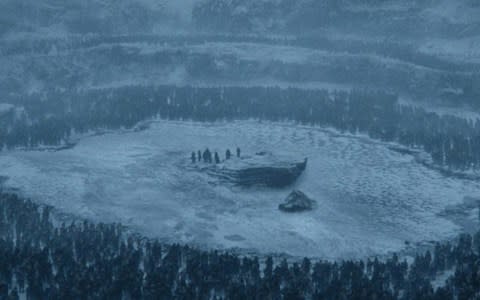
It looked like time was up for Jon Snow and his motley crew after their plan to capture a wight ended in them being cornered on a frozen lake. This whole adventure stretched the plausibility of Game of Thrones to new extremes, but there is actually some basis in history for it. It seems to take inspiration from the Battle on the crusading era. This battle saw Russian Orthodox troops under Prince Alexander Nevsky defeat the Teutonic Knights on the frozen Lake Peipus in 1242 AD. Unfortunately for the Teutonic Knights, there was no silver-haired saviour riding a dragon.
Top tips for the Game of Thrones Battlefield
There is strength in numbers
But don't let the enemy see how big your army is
Raining arrows creates a loss of order, even the most disciplined army will lose its structure when individuals begin to fall
If it feels like a trap, it probably is

